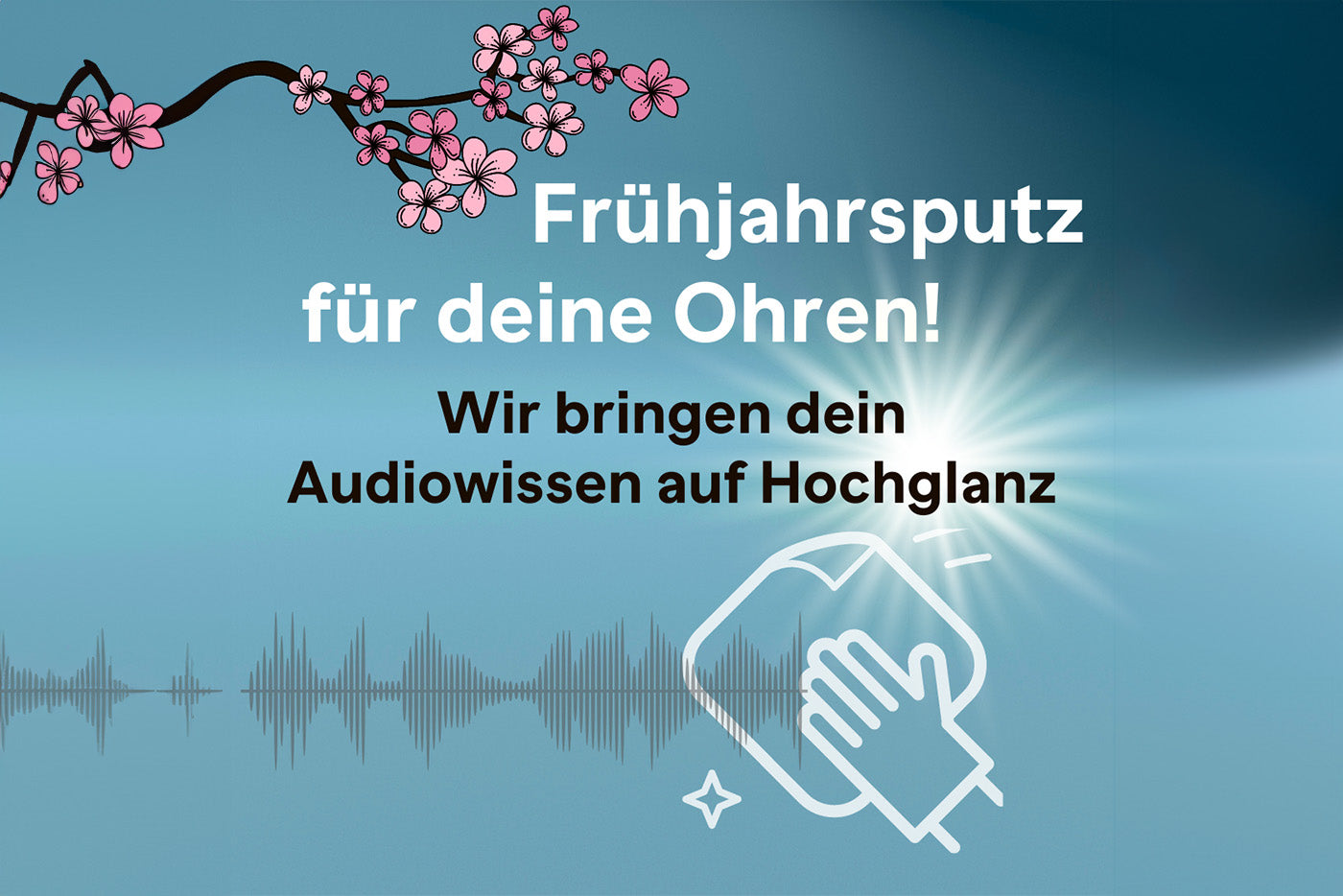Episode 2: Why are volume and sound so different between streaming providers?
Nowadays, there are a large number of streaming providers with different orientations. Some focus on films, such as Netflix, MagentaTV, Disney+, Amazon Prime Video or Apple TV, while others offer music, such as Spotify, Tidal, Deezer, Soundcloud and Apple Music. User-generated content, i.e. content created by users themselves, has also been very popular for years. This is played out by YouTube, TikTok and also through the increasingly popular short films such as Reels on Instagram and Facebook.
If you switch back and forth between streaming services, you will notice that they have different volumes and sometimes different sounds. This is due to the following factors:
Each streaming provider has its own requirements regarding volume and loudness
Since there are no generally binding guidelines, every streaming service provider has its own rules regarding maximum volume and loudness. Loudness is the most important guideline for the ear, since the human ear perceives the usual audible frequencies between 20Hz and 20kHz more intensely the louder they are. - Feel free to do a test with a song that you know well. Listen to this song a little quieter and then a little louder and you will probably find that the song played louder sounds better, even though nothing has changed in the production.
Consequently, everyone wants to be perceived as loudly as possible, which also explains the advertisements that are produced at maximum volume and that seem to overwhelm the program in terms of volume.
However, if the volume is too high, the sound quality suffers considerably and so every streaming provider has their own recipe for how they want to be both present and sound good at the same time. The result is that the basic volume varies from provider to provider.
Different volume levels within streaming services due to different types of production
a) Films: The setting of a certain volume and loudness primarily affects the loudest parts of a film. But since it otherwise remains as it was originally produced, i.e. mostly for the cinema, the dialogues that are often too quiet and explosions that are too loud remain. The volume therefore continues to fluctuate depending on the dynamic range of the content.
b) Music tracks: In the area of pop music, the older a music track is, the quieter but also more dynamic it is. Music producers from the 1970s and 80s, for example, did not have the sound editing options that we have today. The younger a track is, the louder it is perceived to be due to the ever-perfected maximization of loudness, as described above. So if you listen to a playlist with music tracks from different decades, the perceived volumes are very different and constantly jump from track to track.
b) Music tracks: In the area of pop music, the older a music track is, the quieter, but also the more dynamic it is. User generated content: The creatives create their content and upload it. They are rarely also audio experts or have ever heard of loudness optimization. This is why the volume often jumps back and forth between a very loud commercial and a less loud video or podcast.
Different sound due to different sound qualities
In order to save bandwidth during transmission and thus costs, but also to enable a wide range of users to stream without super-fast internet connections, streaming providers work with different image and sound compression methods. The more compressed the soundtrack is, for example with the audio formats AC3 and AC4, the lower its sound quality. Uncompressed audio formats such as PCM, WAV, AIFF and compressed audio formats without loss, such as FLAC and DSD, offer the highest sound quality because they correspond to the original without loss.
The gap in sound quality when streaming is closed by so-called premium offers, for which you pay a higher basic price and require a high-quality Internet connection in order to be able to play the content smoothly.
Different sound through different sound formats
Streaming platforms mix different sound formats, such as stereo, multi-channel formats such as Dolby Digital and DTS, as well as 3D audio formats such as Dolby Atmos, DTS:X and SONY 360 Reality. You actually need a separate sound system for each of these sound formats, each of which sounds completely different. However, since you usually hear all the different formats on one sound system, regardless of how it is equipped, certain sound formats are converted to them. If the original production has more audio channels than the sound system used, a downmix takes place; if the sound system has more channels than the content being played, you can opt for an upmix. In some modes of so-called Dolby Atmos soundbars, sound always comes from the upper speakers, even though there is no Dolby Atmos production at all.
Is constantly reaching for the remote control the only solution to balancing the different content?
The HDSX TV Sound Optimizer is an easy-to-install sound solution that adjusts different volumes and loudnesses in real time. It also makes dialogues reliably understandable. It works in uncompressed PCM stereo sound quality for unadulterated sound enjoyment. This patented innovation checks the incoming signal in real time and uses its HDSX.volume technology to increase the volume where the film's audio is too quiet, but leaves loud parts as loud as they are. With HDSX.speech, the speakers also stand out more clearly and in more detail from the background music. In addition, different sound formats are harmonized with one another, so that you can concentrate entirely on enjoying the sound and no longer have to rely on the remote control.
Further information can be found in our video:



Leave a comment
All comments are moderated before being published.
This site is protected by hCaptcha and the hCaptcha Privacy Policy and Terms of Service apply.